
Planting Season!
Fall is Our Best Planting Season!
Trees, shrubs, and perennials get a great bonus when planted in fall. South Texas enjoys relatively warm soil temperatures through fall and winter, and cooler air temperatures direct the new plant to grow roots all through this time. So, a plant put into the ground in fall will grow twice as fast the following spring as one planted in spring due to having developed twice the root system, and it will also suffer much less stress in its first South Texas summer. We are lucky that we can garden year round here, but fall is our best season for planting!
Plant
Vegetable Seeds
Beet, carrot, cilantro, collards, lettuce, mustard, onion, parsley, radish, Swiss chard, spinach, and turnip.
Read: Best Timing for Popular Fall Veggies, Keith’s Swiss Chard Success Story
Flower Seeds
Bluebonnets and other wildflowers, larkspur, sweet peas, nasturtiums.
Read: Fall is Wildflower Planting Time!
Vegetable Transplants
Broccoli, Brussels sprouts, cabbage, cauliflower, strawberries, parsley, cilantro, and other herbs.
Read: How to Keep Your Vegetable Garden Healthy This Fall, Get Your Greens! Sally’s Kale Smoothie Recipe
Flower Transplants
Alyssum, begonias, bluebonnet, calendula, chrysanthemum, dianthus (pinks) dusty miller, flowering cabbage and kale, geraniums, gerbera daisy, impatiens, lobelia, marigolds, pansies, petunias, phlox, salvia, snapdragons, stock, verbenas, and viola.
Read: Success with Fall Flowers, Marigolds & Mums!
Flower Bulbs
Begin refrigerating bulbs that require chilling such as paperwhites. Amaryllis can be planted now.
Read: Amaryllis & Paperwhites
All container grown trees and shrubs
Read: Burr Oak – an Awesome South Texas Tree
Read: Best Tips of Planting Trees This Fall
Indoor Plants
- Check the window lighting for your indoor plants. The sun is moving with the change of the season and may bring more or less light indoors.
- Heater vents can cause blemished foliage and dry plants out more quickly. Watch your placement of any new plants coming indoors.
- With cold fronts coming, plan to move your house plants indoors, if you have moved any outside during warmer weather. Provide adequate lighting & adjust watering.
- Let this be your last feeding for your outdoor tropical plants that are becoming houseplants for the winter. They need to rest.
- Keep watch for any tagalong critters or insects & move them back outdoors. Treat if needed.
Fertilize
Read: Organic Gardening
Winterize Your Lawn
Winterize your lawn with organic Milorganite or Medina Growin’ Green.
Tropicals
We recommend: Organic Maestro Rose Glo, Hasta Gro, or conventional Hibiscus Food
Roses
Organic: Maestro Rose Glo
Poinsettias
Organic: with Maestro Rose Glo
Blooming Annuals and Perennials
Organic: Medina Growin Green, Hasta Gro or Maestro Rose Glo
Conventional: Hibiscus Food, or Osmocote 14-14-14 Time Release
Read: Success with Fall Flowers
Vegetables
Organic: Hasta Gro, Medina Growin Green, Maestro Rose Glo, or Plant Tone
Conventional: Hi Yield Ammonium Sulphate, or Osmocote 14-4-14 Time Release Granules
Christmas Cactus
Organic: Hasta Gro
Read: How to Get Your Christmas Cactus to Bloom!
All plants that are especially stressed, or recently transplanted
We recommend organic Hasta Gro.
Lawn Care
Apply conventional Fertilome F-Stop as a preventative to brown patch fungus, which shows up as temperatures drop during fall and winter months.
Apply organic Nature’s Blend or Peat Moss to lawns prone to Take All Patch Fungus, or conventional Scotts Disease X.
Read: Protect Your Lawn: Recent Take All Root Rot Sightings (TARR)
Continue to water deeply every 1 to 2 weeks if little rainfall.
Read: Top Five Tips for a Beautiful Fall Lawn, Fall and Winter Lawn Care
Watch Out For
Masses of worms eating your oak tree.
Treat with organic Spinosad or Thuricide or conventional Cyonara
Read: Oak Tree Caterpillars
Grub Worms in Lawns
Treat with Bayer 24 hour Grub Control Granules
White Flies on tropicals and perennials, especially lantana and hibiscus.
Treat with organic Spinosad Soap, Bee Safe 3-in-1, Neem Oil, or conventional Eight Garden Spray Tree & Shrub drench, or Bonide Systemic Garanules.
Chinch Bugs in Lawns
Treat with organic Diatomaceous Earth, Spinosad or conventional Cyonara
Mealy Bugs
Treat with organic Neem Oil, Spinosad Soap, or Bee Safe 3-in-1, or conventional Cyonara, or Bonide Systemic Liquid or Granule
Read: Mealy Bugs are Here!
Mosquitoes
Use Mosquito Beater Liquid for quick kill or Mosquito Beater Granules to repel
Read: Mosquito Solutions
Fleas and Ticks
Treat lawns with organic Spinosad, or Diatomaceous Earth Crawling Insect Killer or conventional Cyonara
Powdery Mildew on Crape Myrtles & Roses
Use organic Neem Oil or conventional Fertilome Systemic Fungicide
Note: Please, Please, Please, don’t kill the bees!
They are one of the best sources we have to pollinate our fruits, vegetables, flowers, and shrubs.
Read: Best for Bees!
Water
Water your newly planted vegetables and bedding plants regularly, but take care not to overwater with cooler nighttime temperatures.
Cut back on watering your established plants and lawn as temperatures cool down, since they use less water. If you are unsure when to water, use a moisture meter to take out the guesswork.
Prune
Your hardy, woody ornamentals and tropicals only to shape, not severely.
Summer perennials.
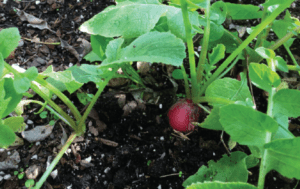
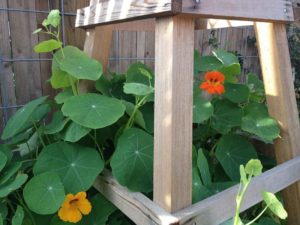
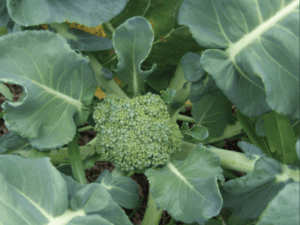
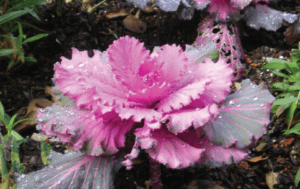
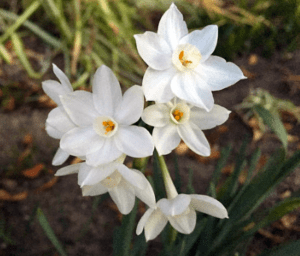
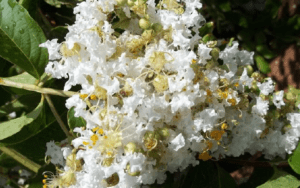
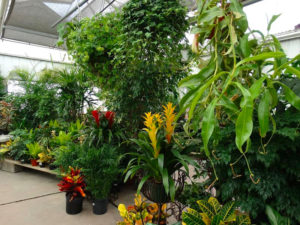
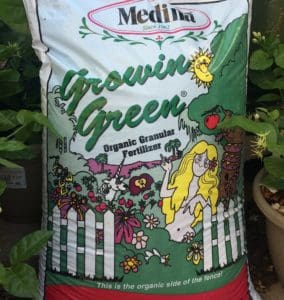
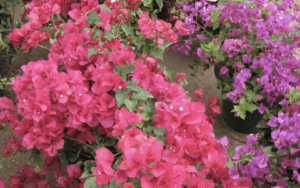
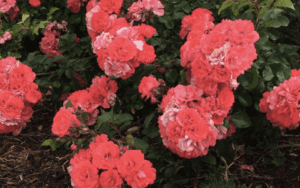
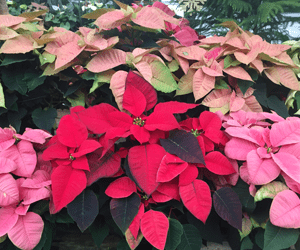
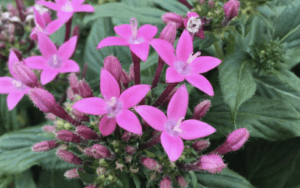
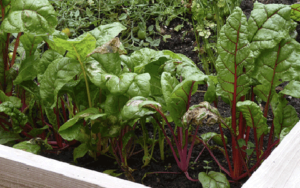
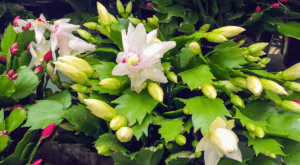

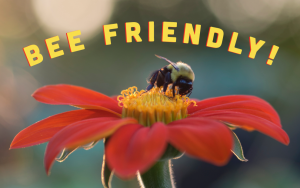
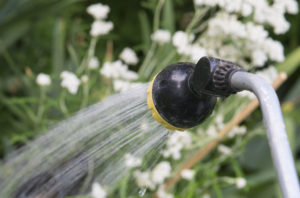
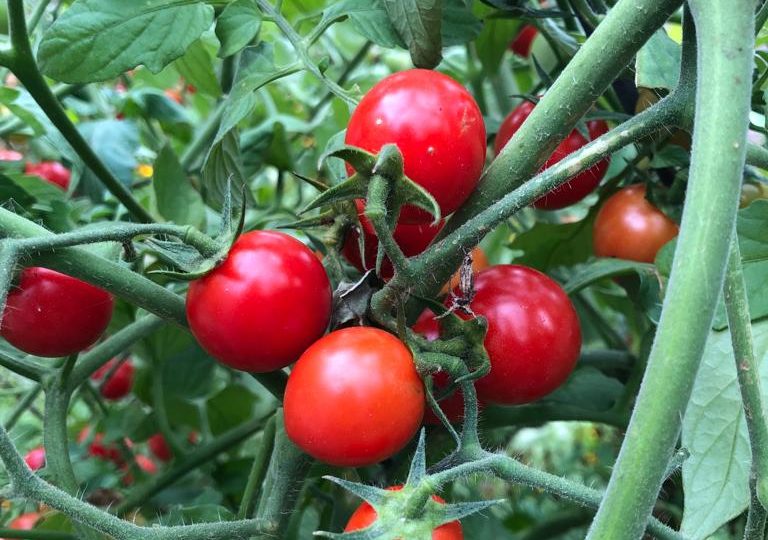






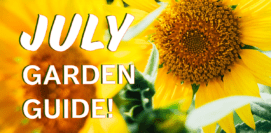

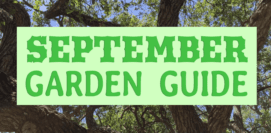




Corky says
I have a navel orange tree that needs help. its planted on the island. Been there since 2006. Had huge crop of oranges every year. HOWEVER, after Harvey the crop has been minimal and the fruit is poor texture/taste. Thats 2 years ago. My neighbors are missing their free oranges as well . Do you have/recommend a good citrus fertilizer and or anything else to help .
james gill says
We do have two good citrus fertilizers, CitrusTone and Fertilome Fruit and Nut. I recommend you contact the Aransas County Horticultural Extension Agent, Ginger Easton Smith, as she will have much experience with hurricane damaged citrus https://aransas.agrilife.org/contact/